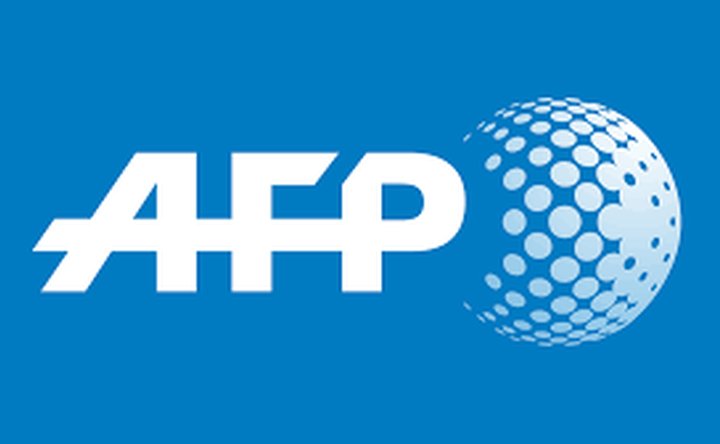America's 'provocative' Korean military drills
US President Donald Trump's shock decision to suspend ‘war games’, announced after his summit with Kim Jong Un, has left allies scrabbling for a response and seemingly handed Pyongyang a major concession.
North Korea has long sought an end to joint military exercises between US and South Korean forces, condemning them as a rehearsal for invasion, and conducting its own counter-drills and missile tests in response.
Tensions with Pyongyang inevitably escalate during the drills, which Washington and Seoul have long insisted are ‘defensive’ in nature.
In a free-ranging press conference after his extraordinary summit with the young North Korean leader, Trump told reporters in Singapore he would end the ‘provocative’ joint exercises, aping language that Pyongyang has long employed.
Seoul and Tokyo appeared to have been caught off-guard by the announcement.
Japanese Defence Minister Itsunori Onodera said on 13 June the drills were ‘vital’ to regional security, and US Secretary of State Mike Pompeo insisted that suspension of the drills was contingent on productive negotiations in ‘good faith’.
There is a precedent for stopping the drills. Joint exercises were halted in the 1990s during talks aimed at curbing Pyongyang's nuclear ambitions.
Here is a look at the main joint exercises:
Key Resolve is a computer-simulated war game conducted by military commanders which usually begins in March and runs for about 10 days.
It always accompanies Foal Eagle, one of the world's largest field drills.
More than 200,000 South Korean and some 30,000 US soldiers – including thousands flown in from abroad – participate in the two-month Foal Eagle exercises.
This year's drills were delayed to avoid clashing with the Pyeongchang Winter Games in South Korea.
Pyongyang sent athletes, cheerleaders and the North Korean leader's sister Kim Yo Jong to the Olympics, starting a diplomatic thaw that culminated in the recent US-North Korea summit.
Foal Eagle was cut short afterwards by a month to maintain the rapprochement.
Max Thunder is a massive air force drill that usually lasts two weeks.
In 2018, the two allies conducted Max Thunder in May, mobilising some 100 aircraft including advanced US F-22 fighter jets, which are feared by the North for their radar-avoiding and precision strike abilities.
Pyongyang strongly protested the drills, threatening to cancel its planned summit with the US and postponing a scheduled military meeting with Seoul.
This two-week drill usually starts in August and although it is largely a computerised command-and-control exercise, Pyongyang considers it a highly provocative rehearsal for invasion.
Following 2017's drills, the North fired ballistic missiles over Japan, triggering global alarm and a furious response from Tokyo.
More from Defence Notes
-
![UK releases security strategy and plans for future defence spending boost]()
UK releases security strategy and plans for future defence spending boost
The UK’s National Security Strategy brings together the recently released Strategic Defence Review (SDR), Strategic Security Review, AUKUS Review and Industrial and Trade Strategies. At the same time, the UK made a commitment to reach defence spending of 5% of GDP by 2035 and Germany committed to 3.5% by 2029.
-
![Pentagon’s FY26 defence budget proposal is $130 billion more than US Congress plans to provide]()
Pentagon’s FY26 defence budget proposal is $130 billion more than US Congress plans to provide
The House Committee on Appropriations approved a FY2026 bill reducing investments in main defence programmes.
-
![What role could holographic and 3D capabilities play in the warfare of tomorrow]()
What role could holographic and 3D capabilities play in the warfare of tomorrow
Holographic and 3D technologies have been lauded by some for their ability to provide technical and operational advantages for military training and planning. But is the hype truly justified?
-
![Unfolding the Golden Dome for America: Seven things you should know about the programme]()
Unfolding the Golden Dome for America: Seven things you should know about the programme
Shephard talked to multiple experts about the most pressing concerns and considerations regarding the air defence system advocated by President Trump.
-
![Industry welcomes UK Strategic Defence Review, but pressure remains on future defence investment plans]()
Industry welcomes UK Strategic Defence Review, but pressure remains on future defence investment plans
While industry reception to the SDR has been positive, questions still remain from analyst and trade associations about what this could mean for future investment and the future UK Defence Industrial Strategy.






















